If you didn’t already have it marked on your calendar, the United States Supreme Court will hear oral arguments in New York State Rifle & Pistol Association v Bruen on Wednesday, November 3. The matter at hand involves New York City’s may issue permitting system de facto ban on carrying a firearm in the city and is the most important Second Amendment case to come before the high court (and not be rendered moot) in over a decade.
The last time a similar case made it this far in 2019, TTAG contributor and Supreme Court bar member LKB attended the arguments in person and provided his analysis for our readers. This time, given Covid restrictions, the Court is streaming audio of the arguments which we’ll feature a live blog of that.
Then, immediately following the the conclusion of the festivities on Wednesday, we’ll convene an all-star group of legal minds to break down the arguments in a Zoom live streamed after action analysis you’ll be able to attend.
LKB will moderate the discussion of the arguments with a panel that will include . . .
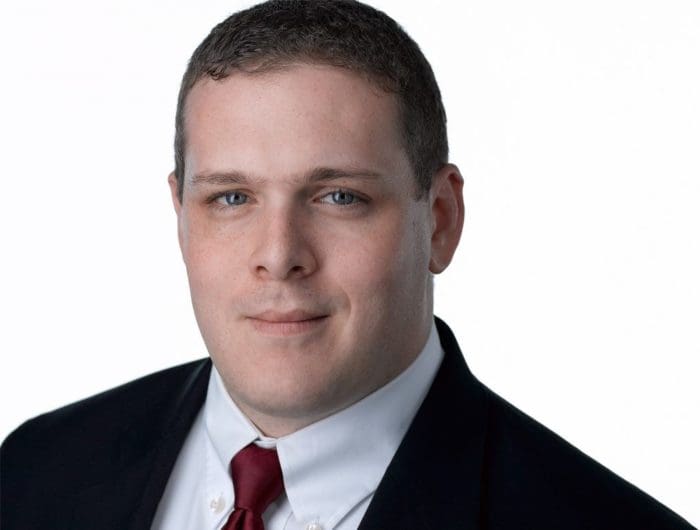
Josh Blackman, professor at the South Texas College of Law, adjunct scholar at the Cato Institute, nonresident scholar at the Georgetown Center for the Constitution and contributor to the Volokh Conspiracy blog at Reason.com.
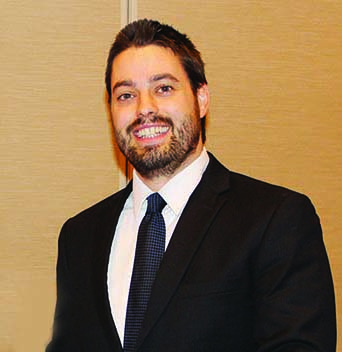
Joseph Greenlee, Firearms Policy Coalition senior attorney and Director of Constitutional Studies.
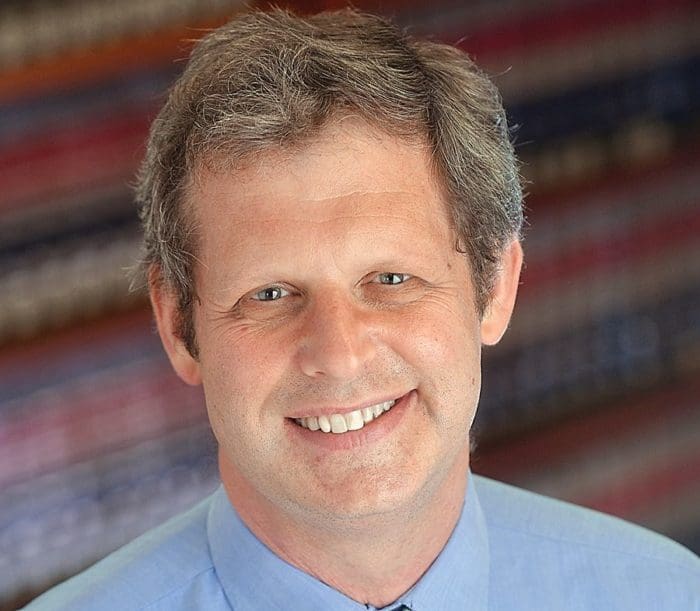
Eugene Volokh, Gary T. Schwartz Distinguished Professor of Law at UCLA and proprietor of the popular Volohk Conspiracy blog at Reason.com.

Cody Wisniewski, director of the Mountain States Legal Foundation’s Center to Keep and Bear Arms.
Arguments are scheduled to get under way at 10 a.m. Eastern, 7 a.m. Pacific on Wednesday, November 3 and should take roughly an hour or so to complete. Again, we’ll have a post live blogging the arguments. The live streamed Zoom analysis with our expert panel will get under way at roughly 11:30 a.m. Eastern, 8:30 a.m. Pacific.
You won’t want to miss it.

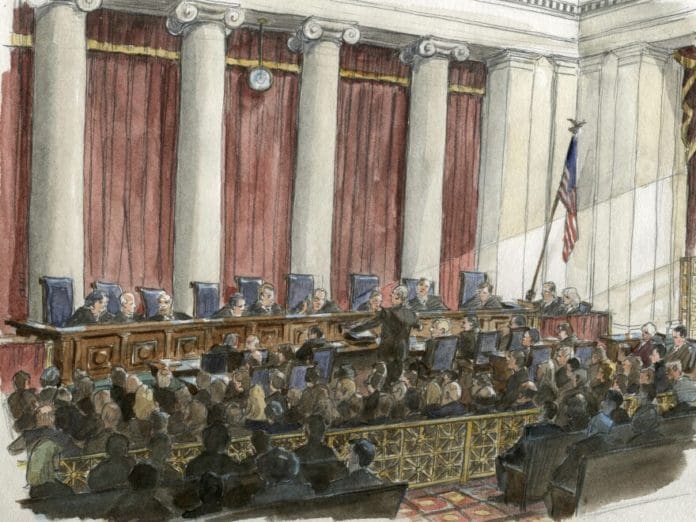
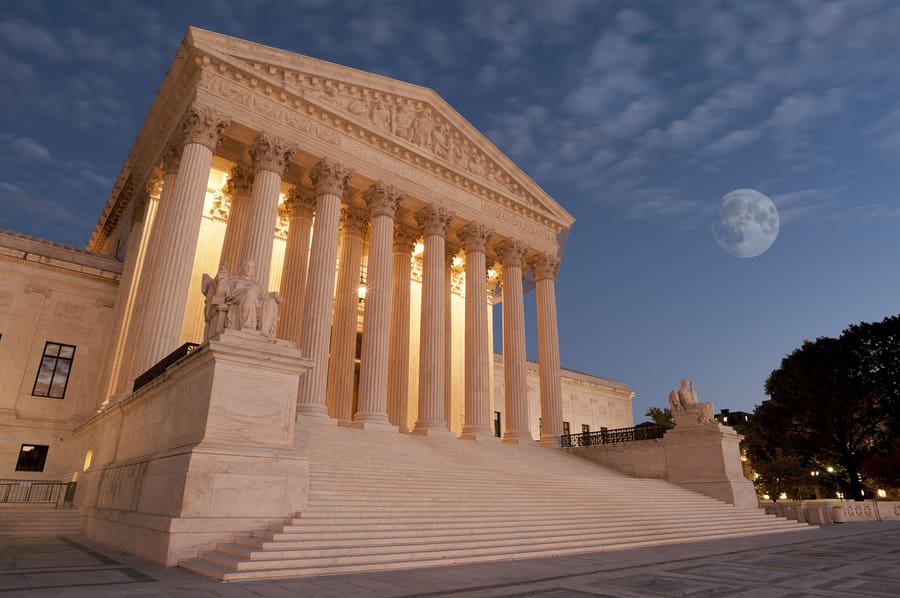


“Arguments are scheduled to get under way at 10 a.m. Eastern, 7 a.m. Pacific on Wednesday, November 3 and should take roughly an hour or so to complete. ”
years to get to that hour, then the hour, then months to wait for a decision.
the wheels of justice grind slowly
A right delayed is a right denied.
A view from the Left. https://www.yahoo.com/news/op-ed-did-supreme-court-100058728.html
Be nice. Aren’t there reams of written arguments to be perused/studied before and after the oral arguments? Even before cert? Let’s not pretend there is no consideration happening. I’ll look forward to the analyses.
No. Justice Kagan has complained about the process. The justices do not discuss cases before or after the lone conference at the end of the week of oral argument where the cases are decided and the justice is assigned to write the majority opinion.
In the conferences where the cert petition is granted, each justice votes on whether or not to grant the petition and gives a brief reason why. The reasons why a cert petition is granted are found in SCOTUS Rule 10.
The first time the case is “discussed” is in oral argument. As Justice Kagan once observed, “Everybody knows we really don’t care what the lawyer is going to say….The lawyer is the medium for talking to someone on the bench”
There is only one time the case is discussed in-depth, and that is in the conference at the end of the week when all of the oral arguments for that week have concluded.
After the majority opinion is assigned to a justice, the process the justices use to persuade a fellow justice to change his vote is by writing a dissent.
Justice Stevens said that the only time he could remember ever lobbying a justice was in the Heller case where he lobbied Justices Thomas and Kennedy. He was unsuccessful with Justice Thomas but he succeeded in persuading Justice Kennedy to insist on Section III of the Heller opinion being included.
As for reading all of the Amicus briefs filed in a case, Justice Scalia said he doesn’t, “That would be cruel and unusual punishment.” I suspect the other justices feel the same way.
Some of the Amicus briefs will be read, either by the justices or by their clerks. A few lucky ones will be cited in the majority opinion, dissent(s), and possibly in concurrence(s).
Most Amicus briefs are written more for the people who funded the briefs than they are to aid the justices.
“As for reading all of the Amicus briefs filed in a case, Justice Scalia said he doesn’t, “That would be cruel and unusual punishment.””
The version I heard years back was, the Amicus briefs are read by the clerks, and the clerks write up a summary and present that to the justice they are assigned to…
The wheels of justice do grind slowly, which would be tolerable if they would also grind exceedingly fine. But they don’t. Take it from this old, retired lawyer — the wheels came off the justice system a long, long time ago, and the only thing that gets ground down is our rights.
I believe they are going to cave. The state is smothering all challenges. The recent decisions on mandatory vaccination for COVID doesn’t bode well. The grand experiment has about run it’s course.
It’s not like there isn’t a kajillion # of sites & Youtube channels to get the same analysis. But hey I guess if TTAG is yer only source OK. Irregardless I will not comply…
How many of those other sites and YouTube channels will have nationally prominent legal minds such as these giving their opinions? Please point one out. I’ll wait.
How many have demonstrated an EXTREME bias against the very icky thought of firearms (EEeew!)
Touche! It’s all opinion anyway…except Firearm Blog who hates yer icky gun rights.
Hey, Dan, you had me at Eugene Volokh. The only comparable would be Alan Gura.
Ralph FPC lost me after allying with baby killers.
fww, I don’t understand why the FPC would go down that rathole, and I never will.
Wheres the lady from Cody firearms museum, I’d listen to her opinion.
“It’s not like there isn’t a kajillion # of sites & Youtube channels to get the same analysis.”
What the actual fvck?
Eugene Volokh is gonna be on that panel!
That’s great but the only reason we’re talking about this is TRUMP was president! America is about to implode. I won’t worry about legal when it does…
“The matter at hand involves New York City’s may issue permitting system de facto ban on carrying a firearm in the city…”
WRONG! The particular statutes involved are NY STATE statutes, NOT NYC ordinances. Under those statutes, concealed carry permits are readily available for things like hunting, but NOT for urban carry (I think called an unlimited license). The unlimited licenses require a showing of “special need”, as do the NYC ordinances and the “may issue” laws in the 8 remaining states that have such restrictions.
Beyond that…it’s complicated. The Court is only answering the narrow question of whether “may issue” restrictions on CCW pass constitutional muster, and not the broad question of a right to bear arms outside the home. It is entirely possible that in determining this issue the Court will not rule on whether there is a right to open carry in urban areas as the right protected by the 2A. (As an aside, the Ninth Circuit held in Young v. Hawaii, a case currently being held by SCOTUS pending this case, that there is no right to bear arms outside the home at all.)
NYS is arguing that regulation of “to bear” has historically been a state right, and moreover a ban on CCW has a historical pedigree dating back 170 years or more. The first argument is contradicted, in essence, by McDonald v. Chicago, decided ten years after Heller, that held for the first time that the 2A is applicable to the states. McDonald therefore raises a serious question as to the continued validity of those older state law cases. The latter is a more complicated question, subjected to an analysis of ancient English and American law, laws that typically looked with disfavor on the concealed carriage of any weapons; carrying concealed weapons was a practice of brigands and thieves, those intent on doing harm, a belief partially true to this day, and which gives impetus to a licensing system that at least appears to be an attempt to keep dangerous weapons out of the hands of miscreants, irrespective of how ineffective such restraints are in practice.
IF I recall correctly, arguments are scheduled for 90 minutes. Further, the Solicitor General has been given permission to participate in oral argument on behalf of the Biden Administration and in favor of upholding the law. Of course.
I still have not seen any suggestion for another reason why there *IS* a Second Amendment, other than the differentiation between “Congress shall make no law …”, leaving the issue up to the states, versus “shall not be infringed.”, which constrains the states, counties, and cities as well as the Fed government. Without that purpose, RKBA would simply be another line in 1A. People with too many years of “education”, writing thousand page screeds filled with really long words which are difficult to understand without a doctorate regularly poo-poo both that concept and the idea that 1A is restricted in scope in the first place. Nonetheless, if you simply READ them, it’s pretty obvious. Which also makes obvious many other things, such as the fact that sending federal armies to convert or kill Mormons, whose religion espoused many wives for each man, was completely and totally unlawful, as Utah was entitled to any laws regarding religion the populace chose.
When the federal government sent an army out to subjugate the Mormons, Utah wasn’t actually a state. Wasn’t even a territory. It in an area claimed by Mexico and coveted by the United States.
The state law/constitution argument is moot in that case, but the situation is no less egregious.
In fact, it makes the decision to send the military after them — for the unforgivable acts of peacefully leaving a country that didn’t want them and building their own city in a place no one else wanted — seem borderline insane.
With the possible exception of the George Washington presidency, the US central government has NEVER been trustworthy, and has constantly fretted, frayed, and betrayed the constitution that is meant to hold it in check.
LarryinTX,
Bravo fine sir!
I have had the EXACTsame thought and even articulated it at some point. And a reasonably educated person (in both History, the U.S. Constitution, and United States law) responded that:
a) The U.S. Constitution’s Amendments (e.g. Bill of Rights) only applied to the federal government unless explicitly directed at the individual states.
b) The framers worded the Second Amendment in its particular form as a “work of (literary) art” so-to-speak. Thus there was no special/additional meaning in its particular wording and it only applied to the federal government just like the First, Third, Fourth, and Fifth amendments only applied to the federal government.
Personally, I have no idea how valid that claim is.
“… on behalf of the Biden Administration and in favor of upholding the law.”
well, there’s an oxymoron right there
Mark N:
From the SCOTUS case docket:
Oct 18 2021 The time for oral argument is allotted as follows: 35 minutes for petitioners, 20 minutes for respondents, and 15 minutes for the Acting Solicitor General.
Ergo, 70 minutes, just as Dan reported.
“It is entirely possible that in determining this issue the Court will not rule on whether there is a right to open carry in urban areas as the right protected by the 2A.”
My (likely misguided) hope is that they rule open carry is constitutional outside the home in public, but they throw the Leftist Scum a bone by saying they can make the carry concealed if they prefer, but that carry of some type must be accommodated.
Then they put the question as a referendum. Out of sight, ought of mind? (Concealed), or does the public “Have a right to know” who is carrying a gun (Open carry).
Then watch their little heads explode with the paradox… 🙂
I may not be around for the hosted forum, but it looks like an impressive panel…
After the oral arguments in the 2018 outside transport case, LKB was convinced the votes weren’t there to moot it.
And a few months later, moot it they did.
Keep that in mind, folks… 🙁
Here’s Greenlee’s brief. The history of citizens (Brits and colonial Americans) bearing arms with no ill intent was deemed, since the 1600, to have been “among the subjects’ “true, ancient and indubitable rights.”
You are not wrong. Your 2nd A right is the stuff of life.
https://www.supremecourt.gov/DocketPDF/20/20-843/183844/20210713180558628_20-843-Law%20Professors-Amicus%20Brief.pdf
Looks like this will begin right after the end of Dr. Capwell’s lecture on English armor of the 15th century.
SCOTUS Rules 24 and 14 limit the scope of the opinion to the question presented which is, “Whether the State’s denial of petitioners’ applications for concealed-carry licenses for self-defense violated the Second Amendment.”
Justices can go beyond the “question(s) presented” usually over dissents by the Conservative justices.
The Heller opinion got around this limitation by following Chief Justice Robert’s methodology he expressed in oral argument. Which was to define the right (for the first time) and then apply that right to the challenged laws.
The justices rewrote the question presented in the cert petition from a facial challenge to the “proper cause” requirement for carrying a handgun in public to a narrow concealed carry, as-applied to the two petitioners challenge.
That strongly suggests that a majority of justices do not think that the proper cause requirement for an [unrestricted] concealed carry license violates the Second Amendment.
There was an article in Yahoo news today from a Leftie who had clerked for SotoMayer. He thinks the court has slipped out a little clue.
https://www.yahoo.com/news/op-ed-did-supreme-court-100058728.html
I think that the decision will be a bit broader than that. Since the court’s function is to set policy for the rest of the courts, the decision has to be broader than Petitioner A wins and Petitioner B loses. Heller involved only a single plaintiff, yet the decision was spectacularly more broad in its analysis that the specific question (possession of an operable firearm in the home) might suggest. But I do agree that, as that article suggests, the Court will duck on the open carry question. I do HOPE however that the Court recognizes that NY generally bans open carry, and that without a concealed carry license, carriage in urban areas is essentially banned for all but the chosen few. With that recognition may come a decision such as the D.C. case mandating “shall issue” CCW.
Who the hell is LKB? Please follow basic usage and spell out the full name before hiding behind initials.
wm ドール ダッチワイフ事件—そしてカナダの子供ポルノ法の問題
I Was Eagerly Looking For Content Like This, Right To The Point And Detailed As Well Accordingly Depending Upon The Matter/Topic. You Have Managed This Greatly For Sure. Bape Hoodie
https://www.nyjacket.com/product/purple-bape-hoodie/
This is a really decent site post. Not very numerous individuals would really, the way you simply did. I am truly inspired that there is such a great amount of data about this subject have been revealed and you’ve put worth a valiant effort with so much class. Squid Game Outfits
https://www.theusasuits.com/category/squid-game-outfits/
Fashion is the thing that you make it – The primary thing you need to comprehend about fashion is that it is just what you make it, that’s it. Chris Evans Knives out Sweater
https://www.usajacket.com/product/knives-out-chris-evans-sweater/
Usually worn on the upper body, Kelly McGillis Top Gun Jacket are a sort of apparel. Cloth, leather, fur, and synthetic fibres are just a few of the materials that may be used to create jackets.
A leather puffer jacket is a stylish and functional addition to any wardrobe. Combining the classic look of leather with the warmth and insulation of a bubble jacket, this jacket is perfect for colder weather. The leather outside is durable and protects you from the weather, and the puffer inside keeps you warm and cozy.
Shop premium leather biker jackets for men & women at Arcane Fox with free shipping worldwide. men’s biker jacket
Thanks for the Information hannah waddingham height
I appreciate the time and effort you put into your post on buy cat eye eyeglasses. Your post is a great resource for anyone looking to learn more about this subject.
Pay homage to the legendary characters with this exquisite Star Trek Picard Season 3 Leather Jacket
wow! your content is very helpful to us. It is such a nicer article I really impressed by this stuff white faux leather jacket womens
I recently purchased the Kansas City Chiefs Black Super Bowl LVII Champions Jacket, and I couldn’t be more pleased with my purchase. This jacket not only celebrates the Chiefs’ triumph at Super Bowl LVII but also exudes a sense of style that’s hard to ignore.
The quality of the jacket is impressive. The material feels durable, and the attention to detail in the embroidery of the Super Bowl LVII Champions logo is exceptional. It’s a subtle yet powerful way to showcase my team pride while maintaining a fashionable look.
I recently acquired rip wheeler cowboy hat, and I must say, it’s more than just a piece of headwear – it’s a symbol of the untamed spirit of the Wild West. As a fan of Yellowstone, I couldn’t resist adding this iconic accessory to my collection.
The craftsmanship is impeccable; the hat is made from high-quality materials that not only evoke a sense of rugged authenticity but also ensure durability. The attention to detail in replicating Rip’s signature hat is truly commendable. From the distinctive shape to the weathered appearance, every aspect is carefully designed to capture the essence of the character.
Great insights! I love how you broke down complex ideas into simple, actionable steps. Can’t wait to implement these tips in my own life.
Comments are closed.